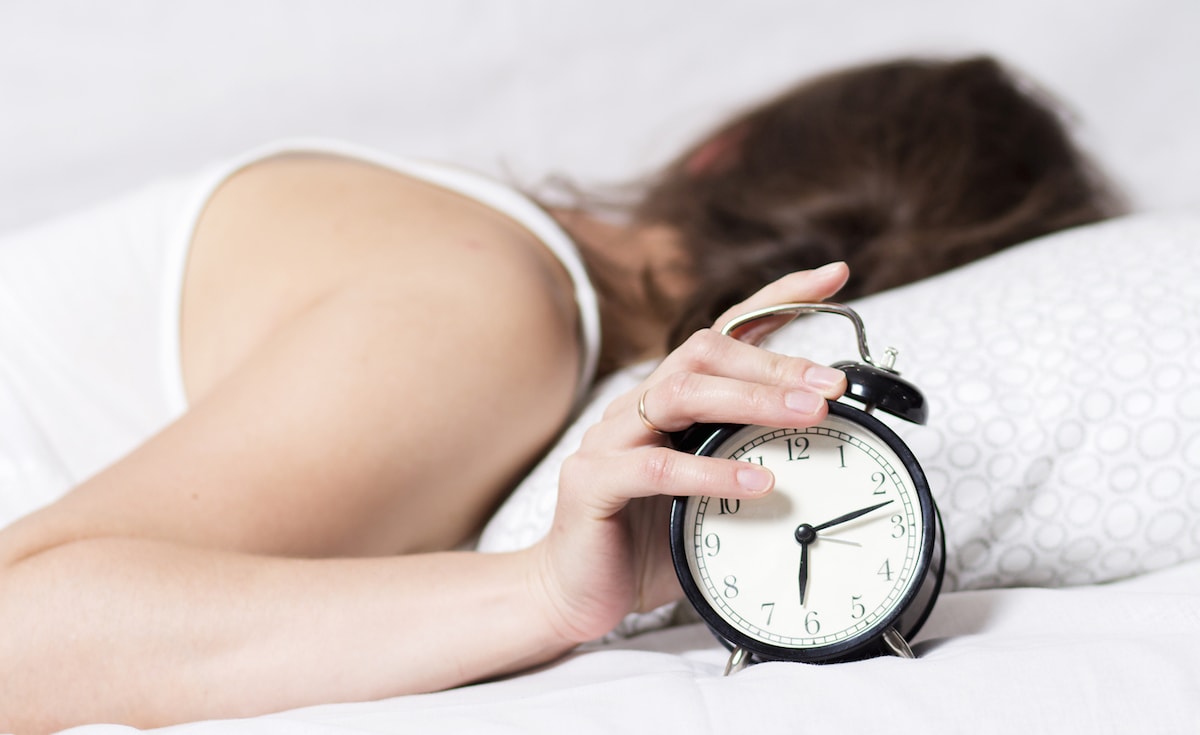
As a person gets older, fine lines and crow’s feet appear on the face. There are multiple surgical and non-surgical options to combat their appearance including a facelift and dermal fillers. One of the most popular options is Botox injections. Cosmetic Town TV recently took a closer look at how Botox works and everything it can accomplish for patients:
Botox is a botulinum toxin used to lessen the appearance of wrinkles in the face. The toxin is injected into a muscle near a wrinkle which allows neuromuscular blockers to limit muscle contractions in the area where the shot was injected. The muscles relax and allow the skin to smooth out and lessen any wrinkles. Areas that respond well to Botox include the corners of the eyes, the forehead and above the nose. These areas become wrinkled as a person ages due to excessive muscle tightness and usage. Botox relaxes the muscles so the skin is not being pulled all the time which gives the skin time to smooth out.
Good candidates for Botox injections include patients with moderate to severe wrinkles on the face. The treatment is usually performed on people in their 30s or older to treat slight wrinkles or deep grooves.
Botox is injected using a fine needle that temporarily paralyzes muscles to prevent fine lines and wrinkles. Before the injections are made, the doctor thoroughly cleans the area that will be treated. Depending on the amount of wrinkles and fine lines, multiple injections might be necessary to effectively treat the designated area. The treatment is performed on an outpatient basis and can be completed in just a few minutes.
In addition to treating fine lines and wrinkles, Botox can also treat areas of the body where muscle tightness occurs, headaches caused by tension or muscle spasms and axillary hyperhidrosis which is a condition where patients suffer from excessive sweating from the armpits.
The total cost of a Botox treatment depends on the severity of the fine lines and wrinkles, the number of vials used by the doctor, the number of areas of the face being treated, any facility fees and the geographic location of the country where the treatment is performed. In general, the cost is $200-$1000.
There is very little pain during or after the injections so the recovery time is minimal at best. There might be some bruising after the injection but patients can return to work the same day. The results will normally start to be visible after a few days but some patients may not see their results for a week or two. The total length of the results depends on the amount of Botox that was injected and the amount of fine lines and wrinkles that needed to be treated. In general, Botox results last four to six months. Some patients decide to have a repeat dosage of Botox sooner than other patients because they do not want to see any wrinkles on their face.
When it comes to having Botox injections, there are some common risks that patients should be aware of before having the treatment. For example, a droopy eyelid can happen if the Botox is not injected in the correct area or it is not injected using the correct dosage. When administering Botox to the eyelid, a little bit of it can drip down and cause the eyelid to droop a bit. Even though the droopiness is only a temporary side effect, it will still take a few months for the issue to resolve itself. Some of the other common risks of using Botox include bruising or bleeding at the injection site, swelling, itching, infection, rashes, dizziness and trouble breathing. Patients who are concerned about these side effects should contact the board-certified doctor that performed the treatment.
Patients interested in learning more about Botox are recommended to do proper research and find a board-certified doctor that performs the treatment on a regular basis. The doctor can examine the patient and determine if he, or she, is an ideal candidate for the treatment. In addition, the doctor can set realistic expectations so the patient will not be disappointed by the final results.
MA